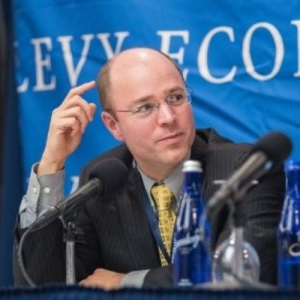This research program encompasses monetary policy, modern money, public finance, and the structure of markets and institutions operating in the financial sector. Research builds on the work of Distinguished Scholar Hyman P. Minsky and examines the institutional, regulatory, and market arrangements that contribute to financial instability, as well as the policies necessary to contain it.
Associated Scholars
598 Related Publications
-
Policy Note No. 2025/10December 22, 2025
The Fed Lowered Rates Again. Is It Really a Surprise?
-
Working Paper No. 1098October 17, 2025
Creative Destruction Meets Financial Instability: Toward a New Synthesis
-
Working Paper No. 1094October 01, 2025
Lebanon’s Eventual Transition to a Floating Exchange Rate System
-
Policy Note No. 2025/7September 19, 2025
No, the Fed Is NOT Independent—It Is a Creature of Congress
-
Working Paper No. 1091September 04, 2025
Banking on Payments?
-
Working Paper No. 1087July 30, 2025
A Model of External Debt Sustainability and Monetary Hierarchy
-
Working Paper No. 1086July 29, 2025
Financial Fragility Without Financial Instability
-
Working Paper No. 1085July 17, 2025
Fiscal Deficit and Term Structure of Interest Rate Links on Corporate Investment
-
Policy Note No. 2025/4May 22, 2025
Ratings Agencies Downgrade the Dollar’s Exorbitant Privilege
-
Working Paper No. 1082May 12, 2025
Growth vs. Discipline: Italy’s Fiscal Dilemmas in a Stock-Flow Consistent Model
-
Working Paper No. 1075January 23, 2025
The High Cost of the Strong Peso and Its Temporary Nature: The Case of Mexico
-
Working Paper No. 1072December 12, 2024
Macro-Financial Models of Canadian Dollar Interest Rate Swap Yields







